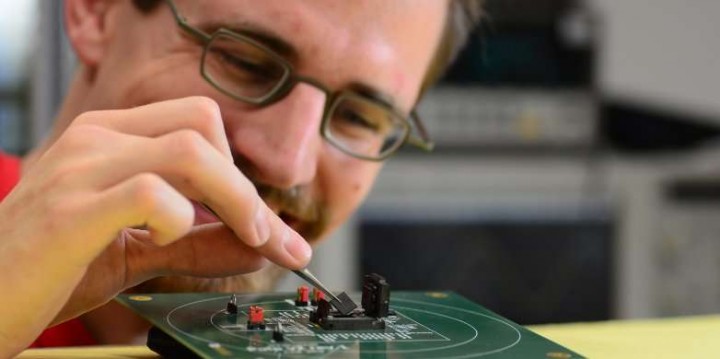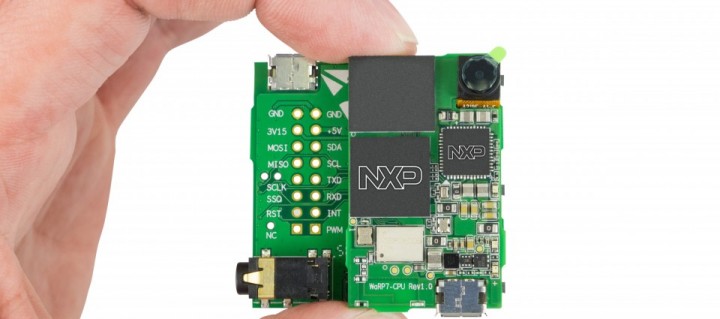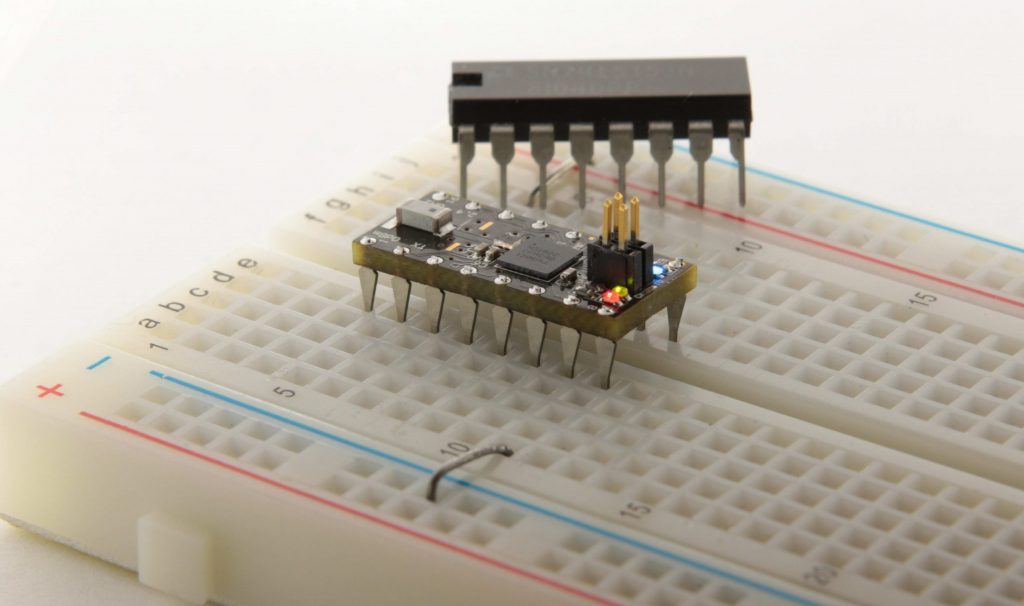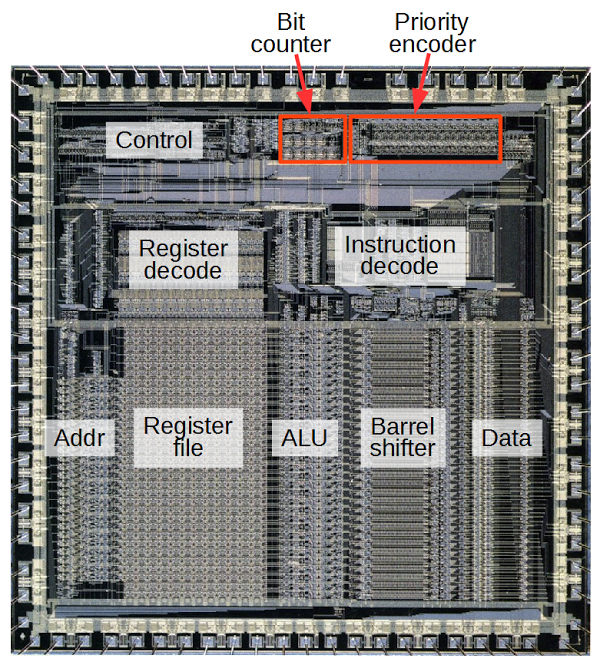Tag: Processor

Open source 25-core processor can be stringed into a 200,000-core computer
Researchers at Princeton University have built a 25-core chip that can scaled easily to create a 200,000-core computer. by Agam Shah @ pcworld.com: It won’t happen anytime soon, but that’s one possible usage scenario for Piton. The chip is designed to be flexible and quickly...
Continue Reading
What Will Happen to Moore’s Law in 2021?
Moore’s law states that the number of transistors doubles every two years. Rachel Courtland from IEEE Spectrum explained the sharp turn of Moore's law in 2021. Chip manufactures will switch to another way of boosting the density in the chip by having multilayer chips using vertical...
Continue Reading
Open-source microprocessor
Fabio Bergamin @ phys.org writes about PULPino which is an open source processor to be used on wearables and IoT. In future, it will be easier and cheaper for developers at universities and SMEs to build wearable microelectronic devices and chips for the internet of things, thanks...
Continue Reading
Six boards for rapid IoT development
Robert Thompson @ nxp.com blog discuss about six IoT developement boards that are good start points on the field. Established companies and emerging start-ups are putting a stake in the Internet of Things ground, an opportunity with estimates of 50 billion devices connected by...
Continue Reading
OSHChip – general purpose processor board in DIP format
OSHChip is a general purpose processor board based on ARM Cortex-M0 32 bit processor running at 16 MHz. It includes 2.4 GHz Bluetooth Low Energy radio and a broad range of built-in Peripherals. It features 256 KBytes of Flash memory for program and data and 32 KBytes of SRAM. All this...
Continue Reading
Reverse engineering the silicon in the ARM1 processor
righto.com has reverse enginnered one of the most popular proccessors: How can you count bits in hardware? In this article, I reverse-engineer the circuit used by the ARM1 processor to count the number of set bits in a 16-bit field, showing how individual transistors form...
Continue Reading










